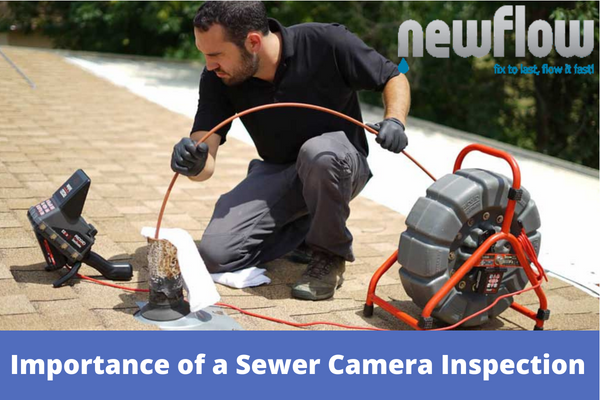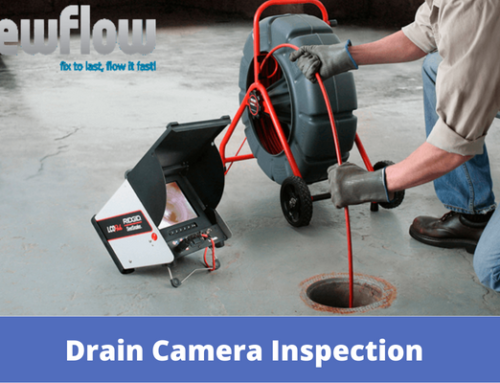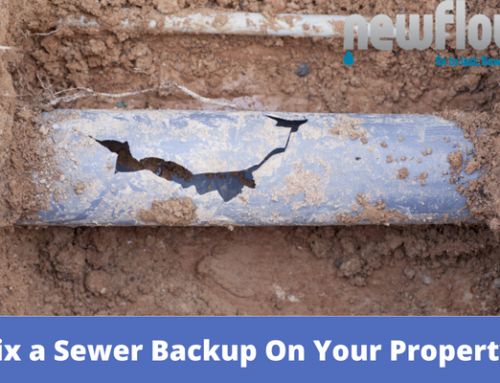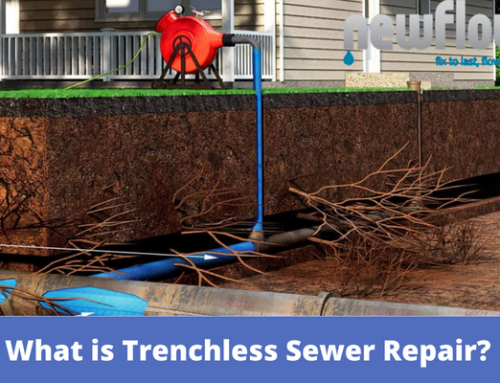The Importance of a Sewer Camera Inspection Before Buying a Home
If you’re in the market for a new home, congratulations! It is an exciting time. But, before signing on to the dotted line, don’t miss this crucial step: a sewer camera inspection. A sewer camera inspection is what it sounds like – a camera is inserted into the home’s sewer line to look for any damage or blockages. It is important because, if left untreated, these problems can lead to much larger and more expensive issues. This blog post will deeply dive into the importance of a sewer camera inspection before buying a home. We’ll discuss why it’s important, what it entails, and how.
What is a sewer camera inspection?
A sewer camera inspection is a process in which a small camera inspects the inside of a sewer line. The camera is connected to a lodged fiber optic cable, which transmits the image to the optical scanning monitor. It will transmit the images on the screen, which can be saved on DVD for further examination. The camera detects if there is an obstruction in the pipe by locating a source of light emitted by the camera. A sewer camera allows a plumber or inspector to inspect the interior of your sewers and drain lines, allowing you to avert most major problems with your sewer line. Getting a sewer scope inspection before buying a home in Florida can assist you in deciding whether to buy that property. Property owners should consider the numerous advantages of knowing their drainage system is in good working order. The important application of a sewer camera inspection is to establish whether there is an obstruction or problem in the sewer lines. These disruptions could be caused by tree roots and other environmental factors, resulting in broken sewer pipes. Another function of the camera is to inspect for any recent leaks caused by a cracked sewer pipe in your residential or commercial property.
Why is a sewer camera inspection important?
A sewer camera inspection before buying a house will enable you to avoid the consequences of having blocked or damaged pipes. There are many instances where plumbers and sewer contractors are required to remove or repair the pipes. The result could be a financial nightmare for the homeowner/business owner unaware of these events. A sewer camera inspection before buying a property will help you avoid any problems that could arise from a blocked drain or faulty sewage system line inside or outside the home. When a sewer camera inspection is done before buying a property, it can save you money on costly repairs. In addition, the camera inspection will reveal whether the home has sewer pipes that have become clogged with roots or if there is any other damage to the pipes that are not visible during a general plumbing inspection. It is worthwhile to have a sewer camera inspection performed before purchasing a home because it gives you real-time images of what is going on inside your drain and sewer pipes. You deserve the peace of mind knowing that your plumbing system is in good working order and that the risk of a major sewer backup is reduced. An obstruction in your sewer line could end up causing sewage to back up and flood your home, posing serious problems. These problems may cause structural failure and other health risks. Having your sewer camera inspection performed will alert you to most of these potential issues, allowing you to avoid making the wrong decision to buy the property.
Conclusion
A sewer camera inspection is a crucial step in the home buying process. The process can help you avoid costly repairs down the line and give you peace of mind knowing that your home’s sewer system is in good condition. Contact New Flow Plumbing today if you’re looking for a sewer camera inspection in Van Nuys or the surrounding area.





